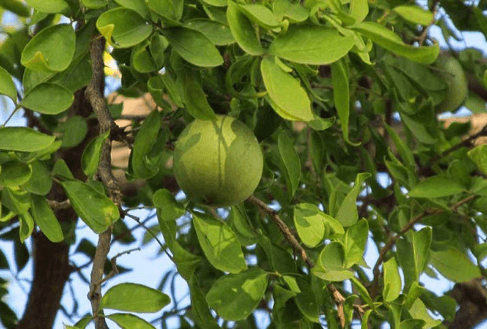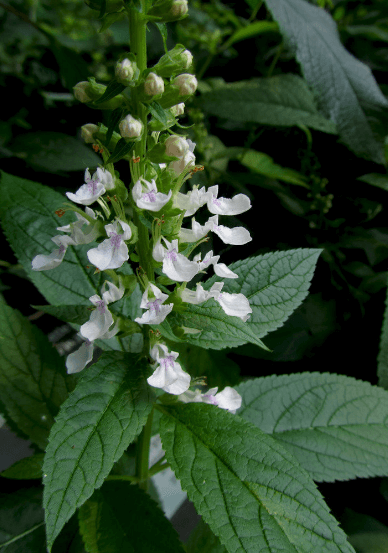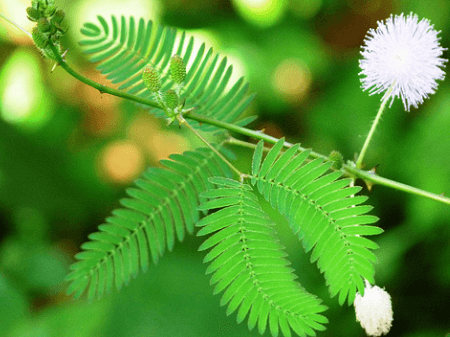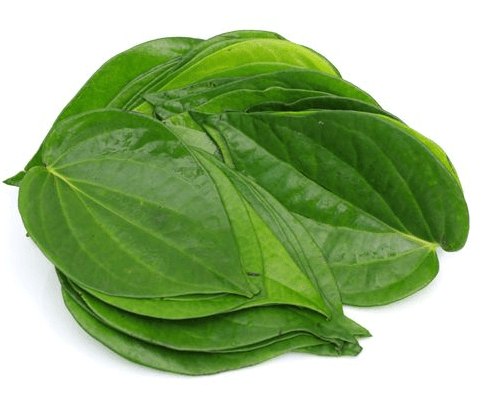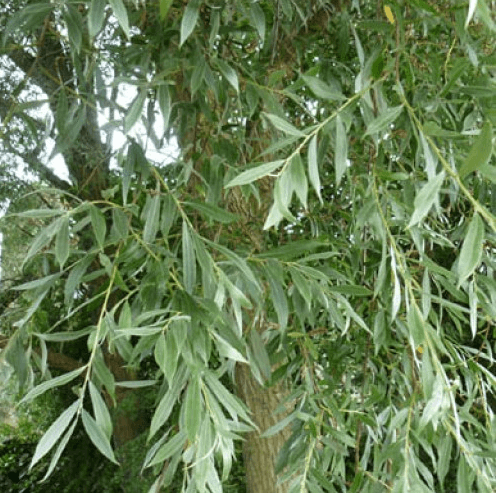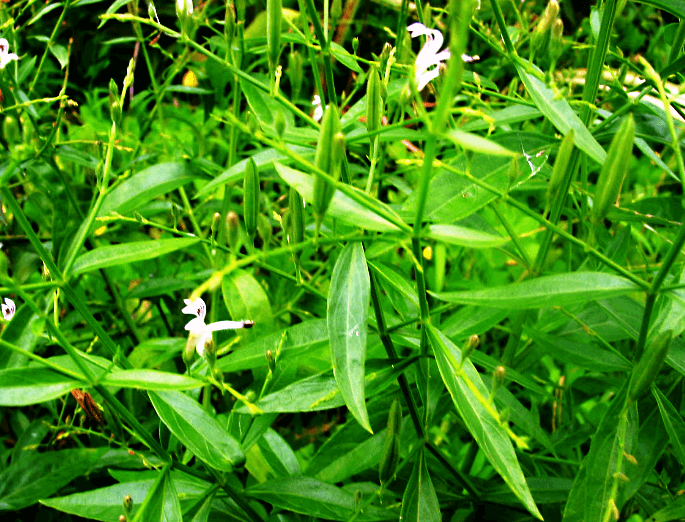History of Herbs in early England- History of Herbs
It is believed that there were ancient herbal writings which were destroyed during the Danish invasions. Old manuscripts on the subject, now in safe- keeping in Britain, are the 10th century Leech Book of Bald and the Saxon translations of the Herbarium of Apuleius. These documents bear out the knowledge that the use of herbs dated from the earliest times. Certain plants were in essential ingredient in charms, spells and ceremonies, as well as in remedies, and some herbs in particular were believed to ward off treacherous water elves, “the flying venom”, trolls and evil spirits. Other herbs were used in remedies, in food, and for dyeing.
When the conquering Romans came to Britain and settled for two hindered years or so, they brought with them the herbs that were essential in their food and medicines. We think of these plants today as being indigenous to Britain but they are actually native to the Mediterranean. Some of these are oregano, marjoram, thyme, sage, rosemary, balm, bay trees, fennel, sayory and mint.
Herbs were continually being introduced by newcomers: the invading Normans would have seen to it that their diet in a new land still contained their favourite herbs and that their medicine boxes held the “physics” that they knew were effective. Various foreign princesses who became queens of England were influential in importing other; the countess of Hainault, mother of Philippa, wife of Edward III, sent her daughter a famous manuscript dealing with the virtues of herbs. People who were traveling and adventuring other countries also found new and diverse plants to bring home.
In the middle Ages monks cultivated herbs intensively and made many advances in their cultivation and use, discovering many more properties, which they recorded. It is well known that the first liqueurs were concocted by monks as potent medicines. A small glass (the forerunner of the liqueur glass), containing the carefully blended precious plant essences, would be administered to the patients who came to the good monks to be healed in body as well as in soul.
Later were to come other great herbalists like john Gerard (16th century), john Parkinson (17th Century), and Nicholas Culpeper (17th century). Other herbalists, gardeners and gourmet have set down their own delightful and helpful observations during the following three hundred years.
Wherever the human race has traded or settled, herbs and spices have been woven into history. It is amazing to consider the ability to herbs to spread and grow in remote corners of the ancient and the modern world.
The Pilgrim Father took herbs with them to America. Many were already indigenous to the new land, including bergamot, used by the Oswego Indians as a curative herb. The new settlers soon found “Oswego Tea” a remedy for sore throats and colds, and its soft fragrance made a delicious herbal tea. “Johnny Appleseed”, as he was called, helped spread many herbs form his home to families in the new land.
The first white settlers in Australia brought with them herb seeds to grow in a new and strange continent to use as flavoring for their food, as medicines, and to make into sweet bags and potpourri to perfume rooms and closets. Stories abound of grandmother’s favourite herbal remedies and these pioneers were not afraid to experiment with some of the native Australian flora, such as ti-tree leaves, which it is said they used for making tea, the lemon- scented variety being highly favored. People also learned much in those early days from the Aborigines. But for many years the popularity of herbs declined and those which were once in everyday use became obscure and their names strange. There are exceptions of course, like parsley, mint, sage, thyme, marjoram and chives, and in the last twenty years there has been a remarkable world- wide resurgence of interest in herbs.
The Aboriginal people knew about their own wild plants and how to apply them for various needs but most Australians know very little about these plants. However, an excellent book by A.B. and N.W. Cribb, published by Collins, called Wild Medicine in Australia, provides a wealth of information on a large range of native species that have been used by the Aborigines and early European settlers to treat a number of diseases.

